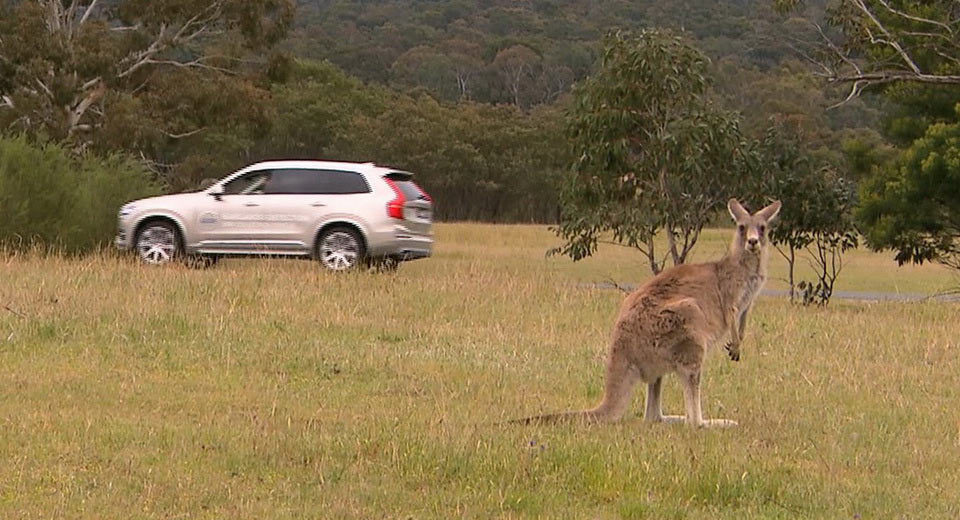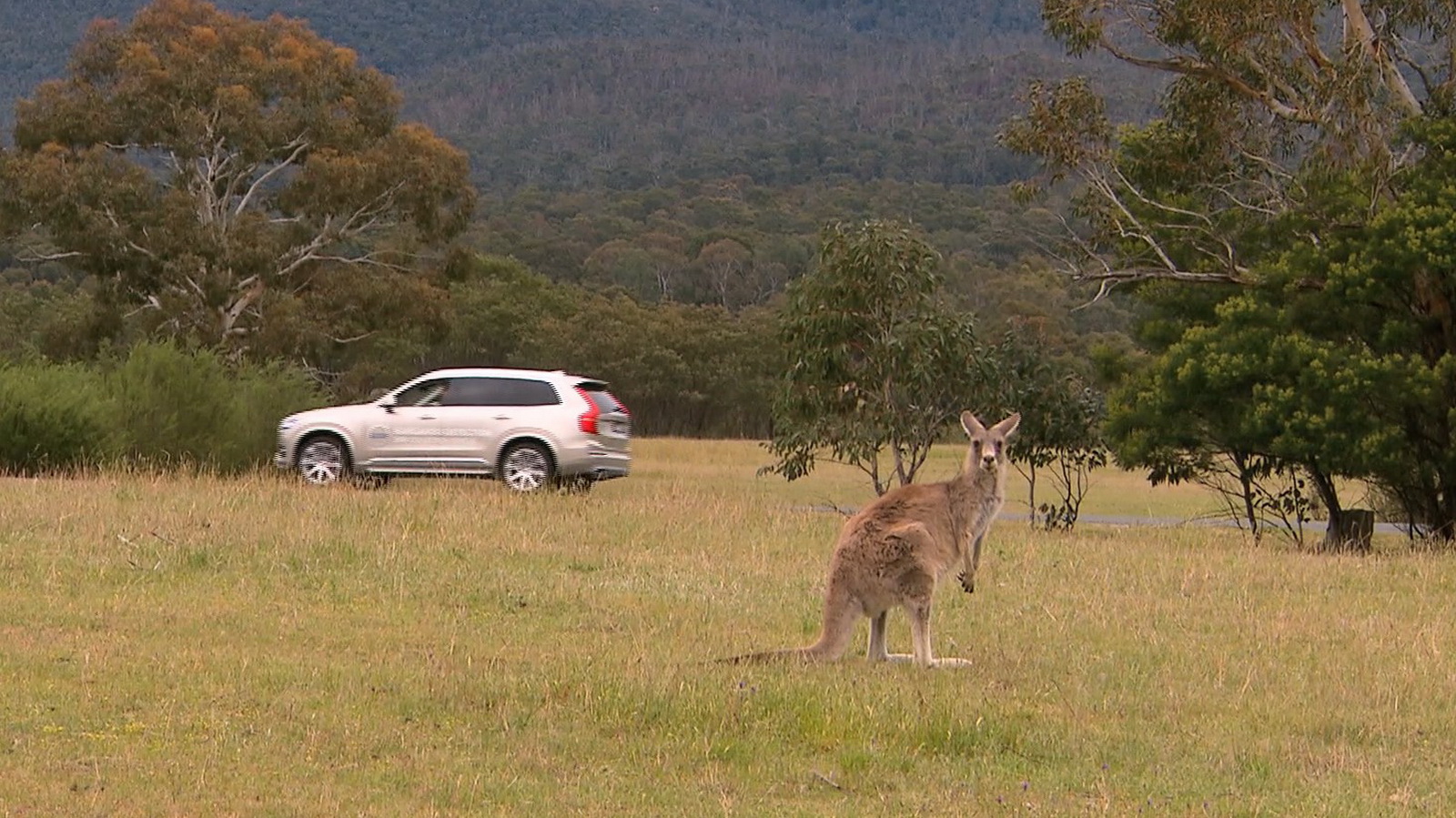“Australia, we have a problem”: Volvo’s autonomous prototypes can’t seem to detect kangaroos because of their hopping messing with their systems.
So far, the company’s “Large Animal Detection System” can detect and avoid deer, elk and caribou but the company’s early tests in Australia revealed the system’s weakness when it comes to do the same with kangaroos and their unique way of moving from one place to another.
Volvo Australia managing director Kevin McCann said to the Guardian that this discovery was part of their development and testing of autonomous technology and that it wouldn’t be a problem once self-driving Volvos hit the market in 2020.
“Any company that would be working on the autonomous car concept would be having to do the same developmental work,” he said. “We brought our engineers into Australia to begin the exercise of gathering the data of how the animals can move and behave so the computers can understand it more.”
Earlier this month, Volvo’s Australian technical manager David Pickett spoke to ABC about the unusual issue which came from the car’s detection system using the ground as a reference point. This means that the system can’t judge how close a kangaroo is to the car because of the animal’s hopping.
“When it’s in the air, it actually looks like it’s further away, then it lands and it looks closer,” he said. “Autonomous cars are a continuing development. A driverless car does not yet exist, and developing technology to recognise kangaroos is part of that development. We are developing a car that can recognize kangaroos.”
Right now, kangaroos cause more accidents than any other animal in Australia; in fact they are responsible for around 90 percent of the accidents involving vehicles and animals there.





